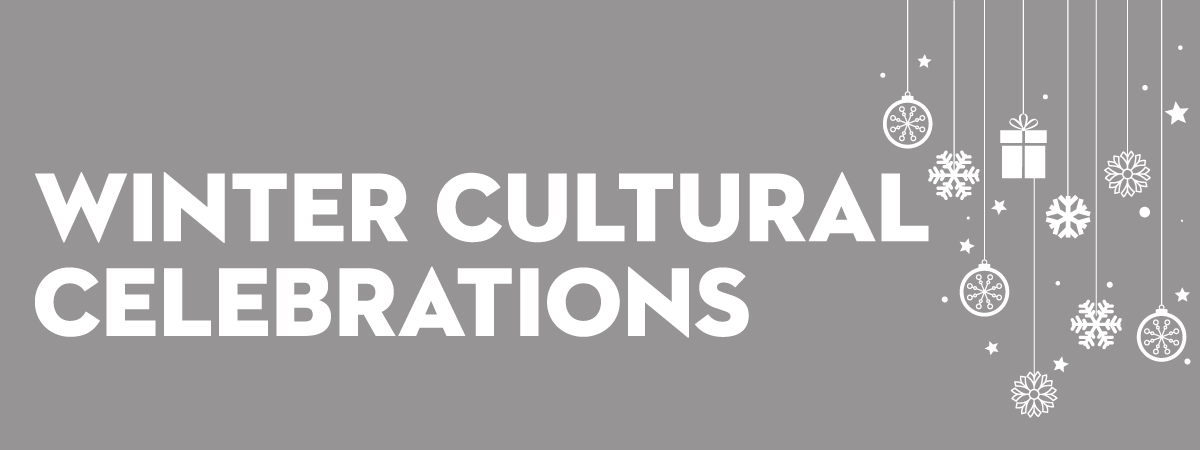
Now that December is upon us, we’re surrounded by the warm glow of lights, homes are decked out with decorations, the streets are lined with wreaths and bows, and the city is bustling with holiday events and attractions. It is a time for celebrating the past and looking ahead to the new year upon us.
While traditions and festivities can vary according to one's culture, religion or region, celebrations often share similar themes, like togetherness, reflection, and enjoyment. Each holiday has a special meaning and its own unique traditions. Understanding the origins and cultural significances of these traditions are essential for furthering an appreciation for our world's history and foundations.
As the official World Trade Center, Washington DC, the Ronald Reagan Building and International Trade Center promotes cross-cultural dialogue and serves as a place where nations and cultures connect.
From December 1 until January 6, 2023, visit our display on Wilson Plaza and discover some of the winter celebrations from around the world! This is a two-part series; part-one will be on December 1-15. Part-two will be on display from December 16 - January 6, 2023.
Stop by and share your photos on Instagram by tagging us @reagaitcdc while you explore.
Part II: On Display December 16, 2022- January 6, 2023
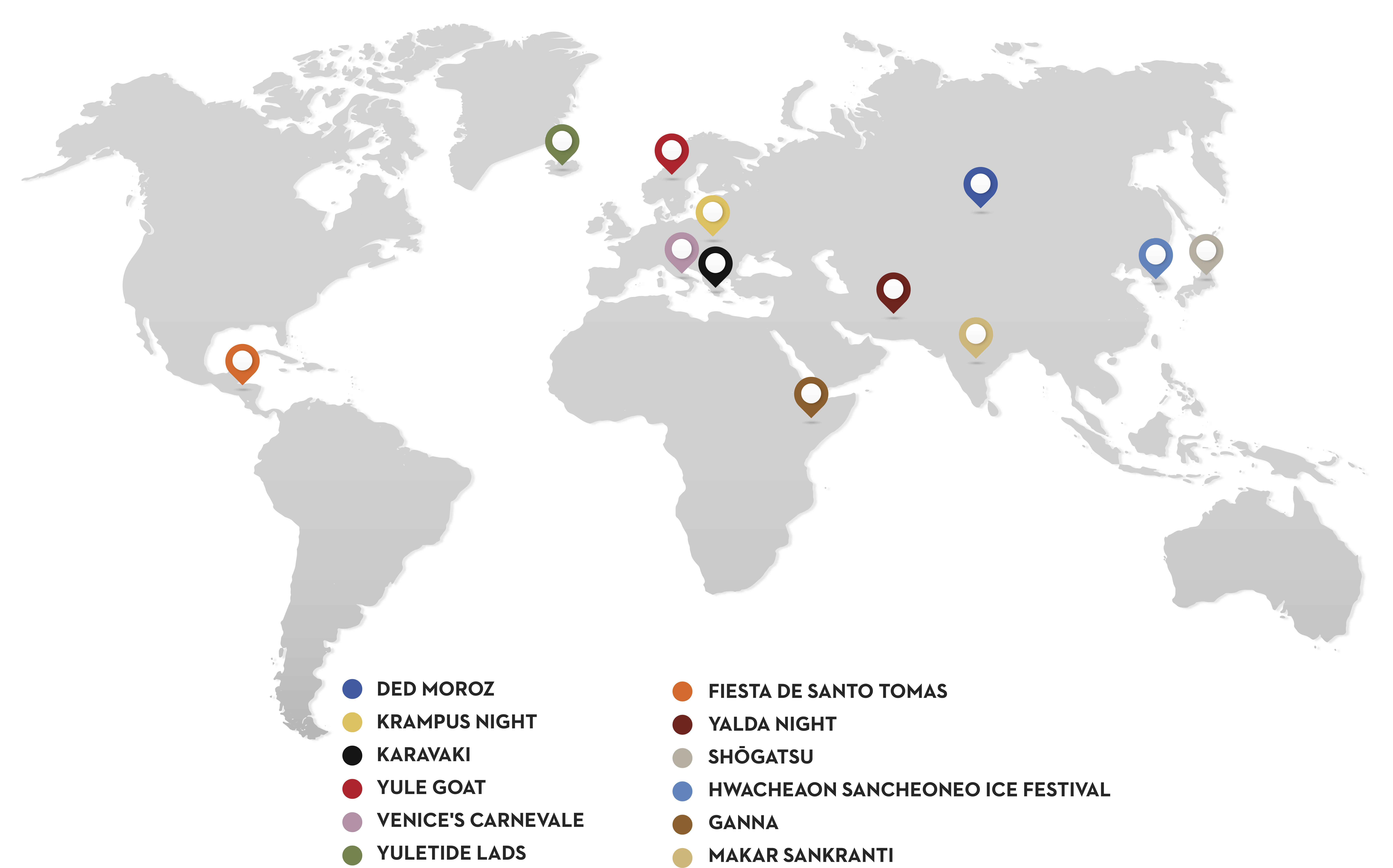
Celebrations are arranged according to festivity date(s).
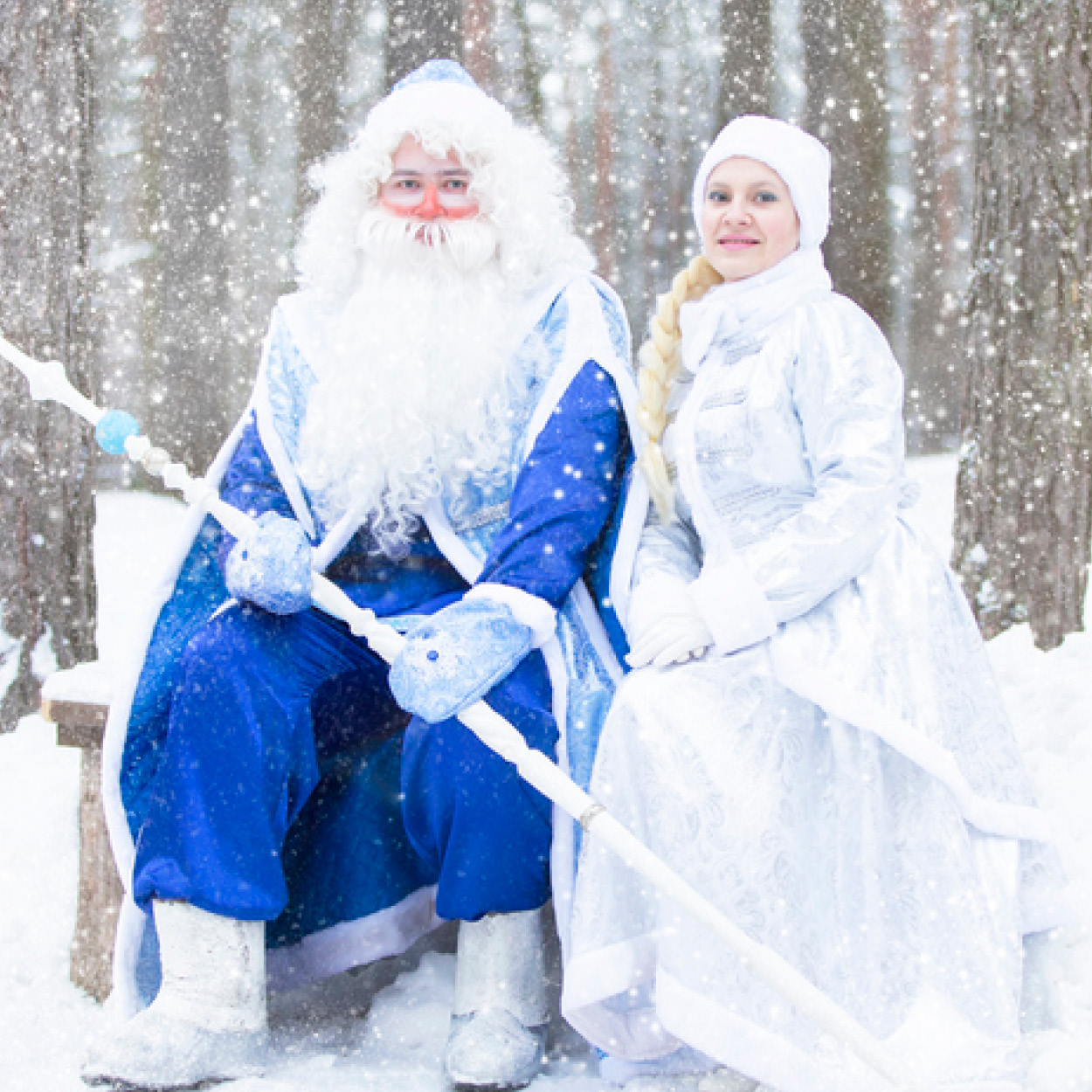
Ded Moroz
Russia
Celebrated on November 18.
In Russia, the tradition of Ded Moroz, an ancient figure from Slavic mythology with a long white beard, dressed in blue coat, and carrying a long cane. Also known as “Father Frost”, Ded Moroz gathers his three horses, delivering gifts to children on New Year’s Eve.
Sources: ZME Science
Krampus Night
Germany
Celebrated on December 5.
Krampusnacht is celebrated every year
across Germany, Australia, and other European countries. The night before the celebration of the Feast of St. Nicholas is when Krampus Night takes place, where people dress up as a half-man, half-goat figure, known as Krampus, and chase naughty children through
the streets.
Sources: Checkiday, History.com
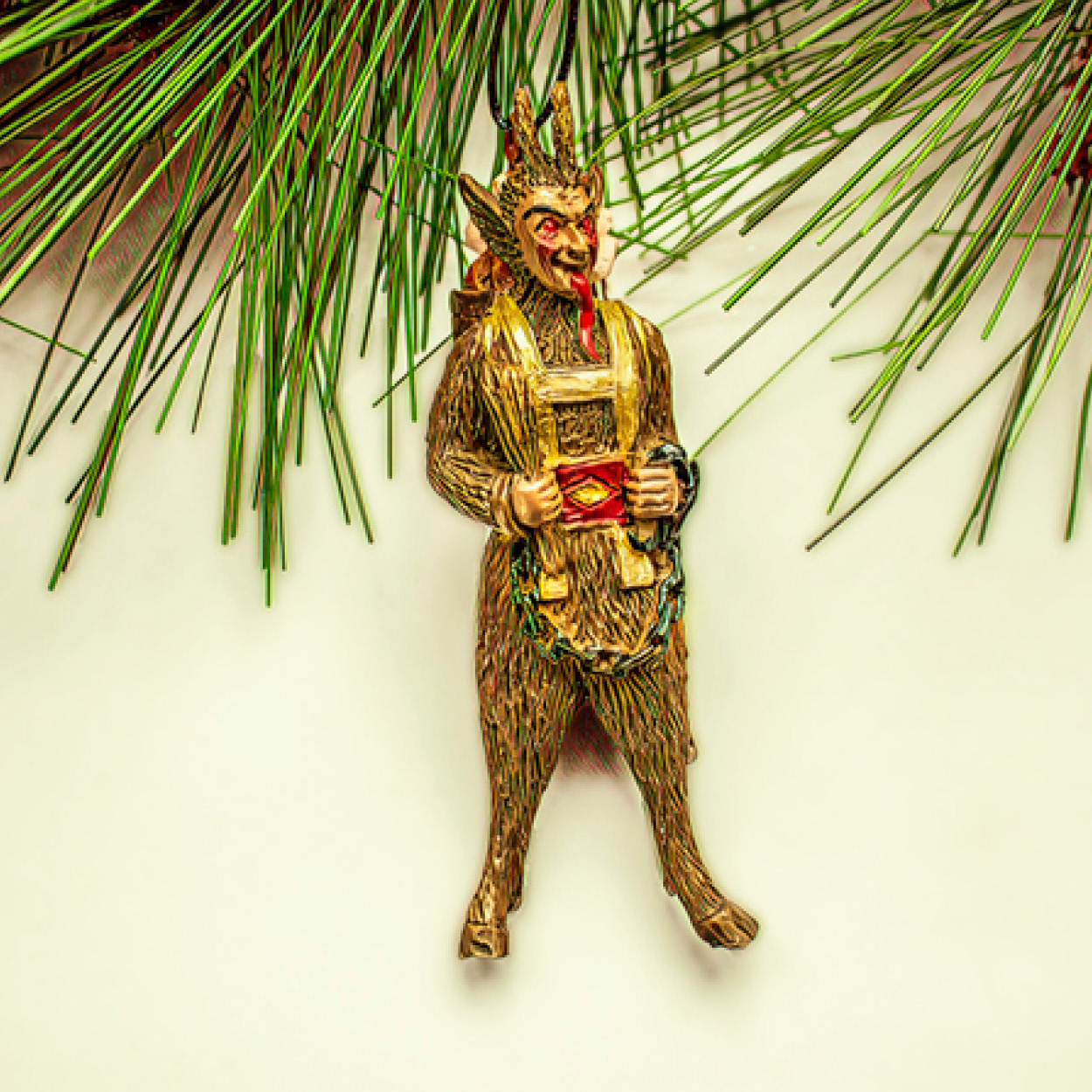
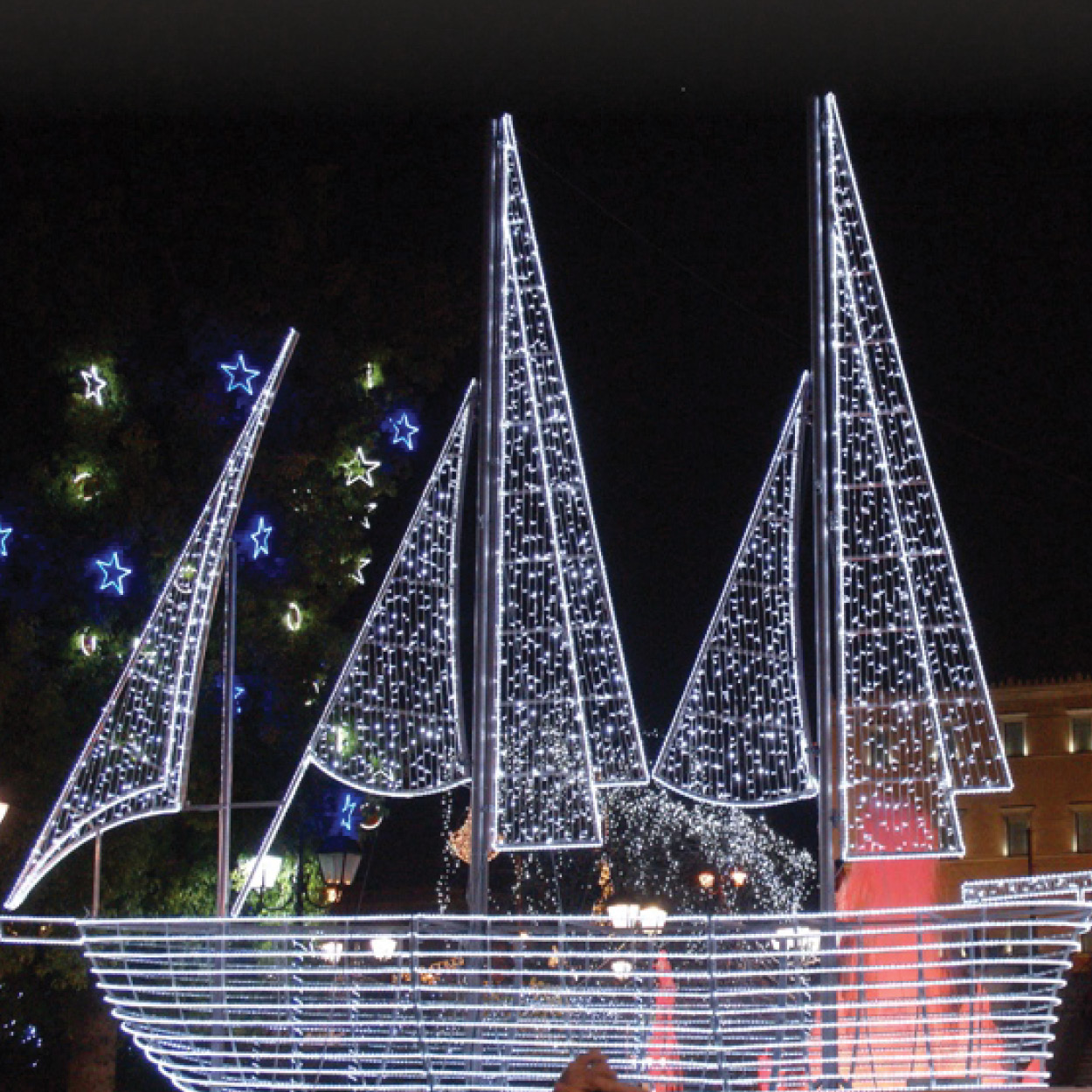
Karavaki
Greece
This occasion takes place on December 6, the boats are on display from December 6 - January 6.
In Greece, you will find locals busying themselves with stringing lights from their boats for the feast Day of Saint Nicholas. Sure, trees are popular there, too, but nothing beats this glittering maritime tradition. How did Christmas boat decorating become so popular in Greece? Some believe it’s a reflection of the nation’s long-standing seafaring tradition. Others claim it’s related to St. Nicholas’s role as the patron saint of sailors. Either way, the tradition pre-dates tree decorating by centuries.
Sources: Fly Me to the Moon, Greek Reporter, Greeker than Greeks
Yule Goat
Scandinavia
This 10-day celebration begins December 21
People in Sweden, Norway, and Finland, have put a twist on tradition with the incorporation of the Yule Goat to their winter season celebrations. According to Scandinavian legend, Santa Claus is depicted riding a goat rather than leading a sleigh of reindeer. As a result, goat ornaments abound in these nations. The Swedish town of Gävle commemorates the Yule Goat by erecting a larger-than-life straw version in the town square each year. Due to its immense size, the goat has even attracted the Guinness Book of World Records’ attention.
Sources: Carnegie Museum of Natural History
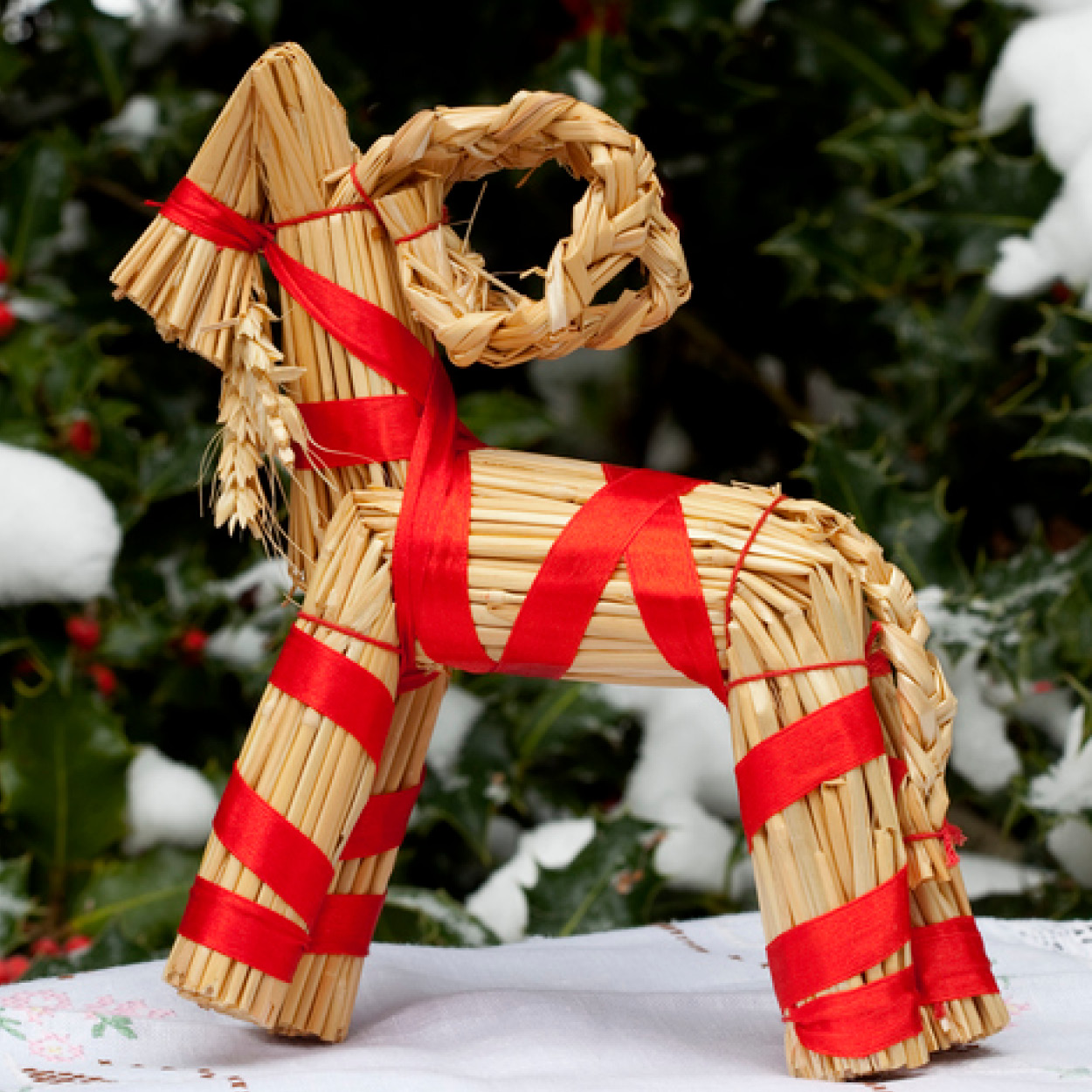
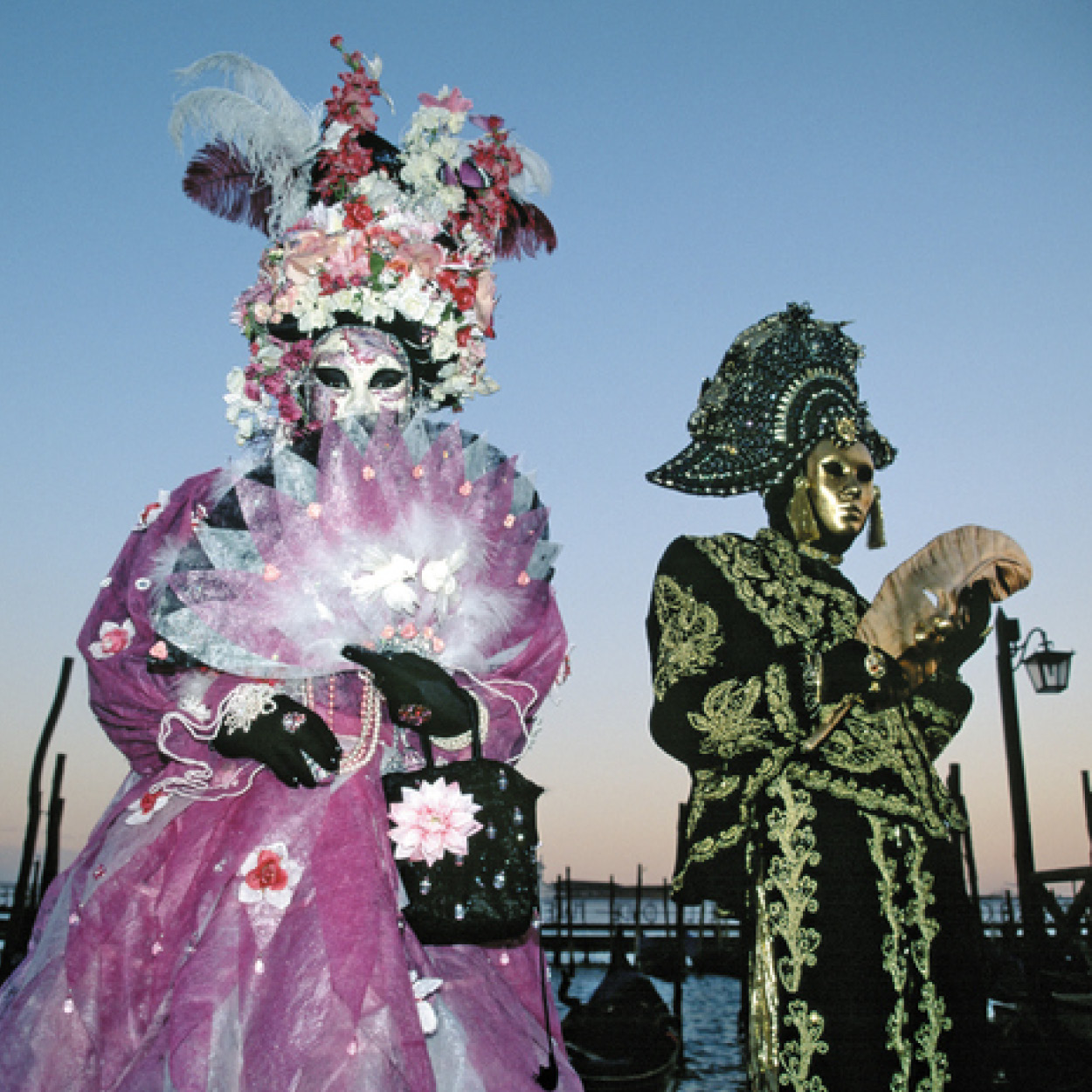
Venice's Carnevale
Italy
Celebrated from Dec 26 to Ash Wednesday
In Venice, Italy, Carnevale is a huge winter festival with parades, public and private masquerade balls, entertainment and music. The annual festival starts 40 days before Easter and ends on Fat Tuesday, the day before Ash Wednesday. Decorative Venetian masks are an important part of Carnevale. A jury of international costume and fashion designers vote for the best mask during the last week of the celebration.
Sources: Introducing Venice, The Culture Trip
Yuletide Lads
Iceland
Celebrated from December 12-24
This Icelandic holiday incorporates several Santas in their holiday festivities, these characters are known as the “Yuletide Lads”. They are descendants of Gryla and Leppalúði, the Ogres and are mischievous in nature. The 1932 poem “Jólasveinarnir” by Icelandic poet Jóhannes úr Kötlum depicts thirteen Yule Lads, wearing late medieval-style Icelandic clothing, each arriving on a different day leading up to Christmas in search of different food items to steal.
Sources: Web Holidays
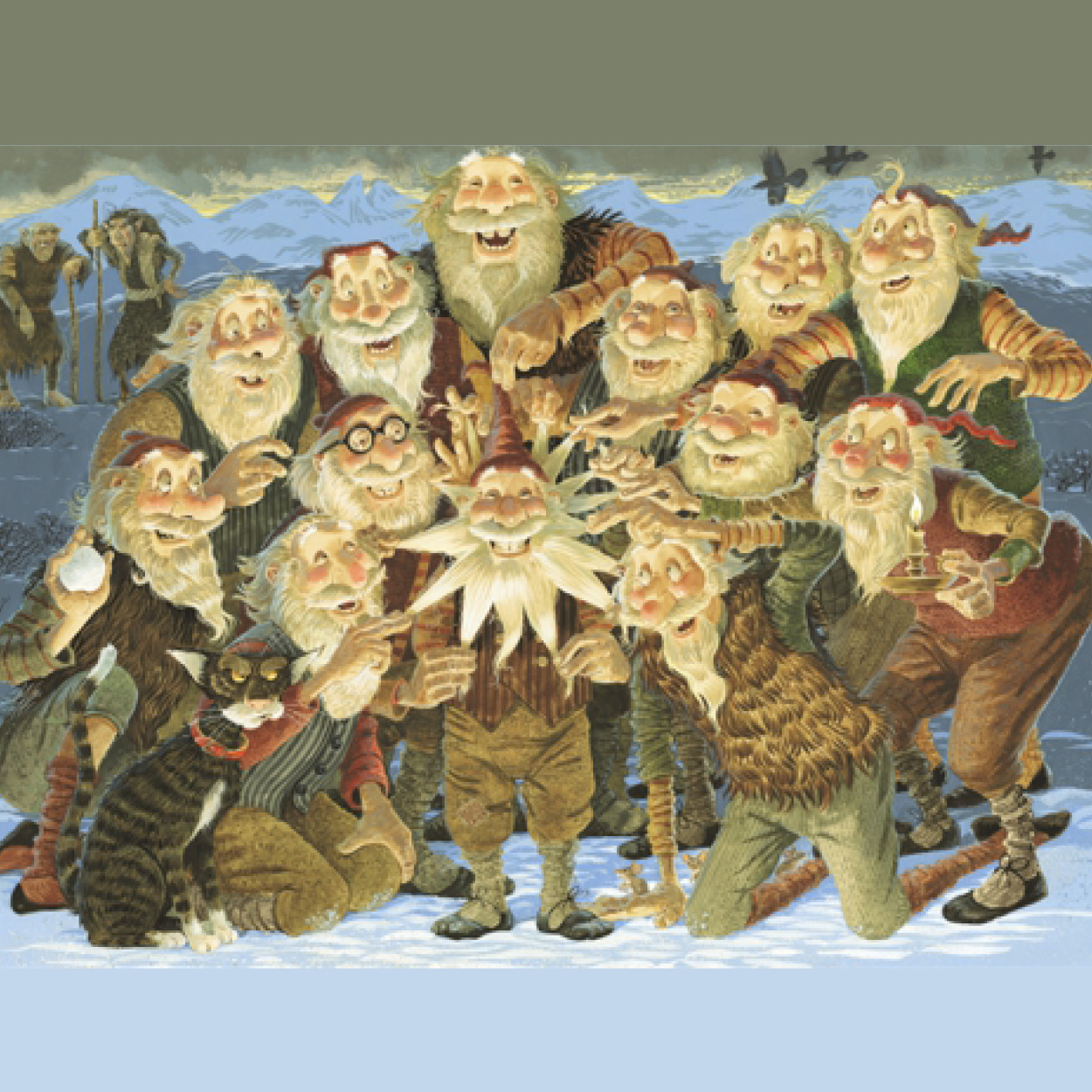

Fiesta de Santo Tomas
Guatemala
Celebrated December 14-21
The Fiesta de Santo Tomas is a major annual cultural event lasting eight days in Chichicastenango, Guatemala. It includes colonial dances like the Dance of the Little Bull and the veneration of three saints in the Church of Santo Tomas, with ritual removal of the saints' effigies to the houses of Cofradias and back with corteges of faithful marching to music and firecrackers.
Sources: Insight Guides
Yalda Night
Iran
Celebrated on December 21.
Yalda night, or Shabe Yalda is an evening of festivities and merriment that begins when the sun sets on the last day of fall or Maah e Azar on the Jalali Calendar and continues until the dawn of the first day of winter, or first day of Maah e Dey. To celebrate, people of Tehran, Iran build fires and gather with family and friends for delicious food, singing, and listening to stories all night. Yalda remains as one of the most ancient festive ceremonies that has been celebrated in Iran for centuries since the time of the Persian Empire.
Sources: Persian Mama

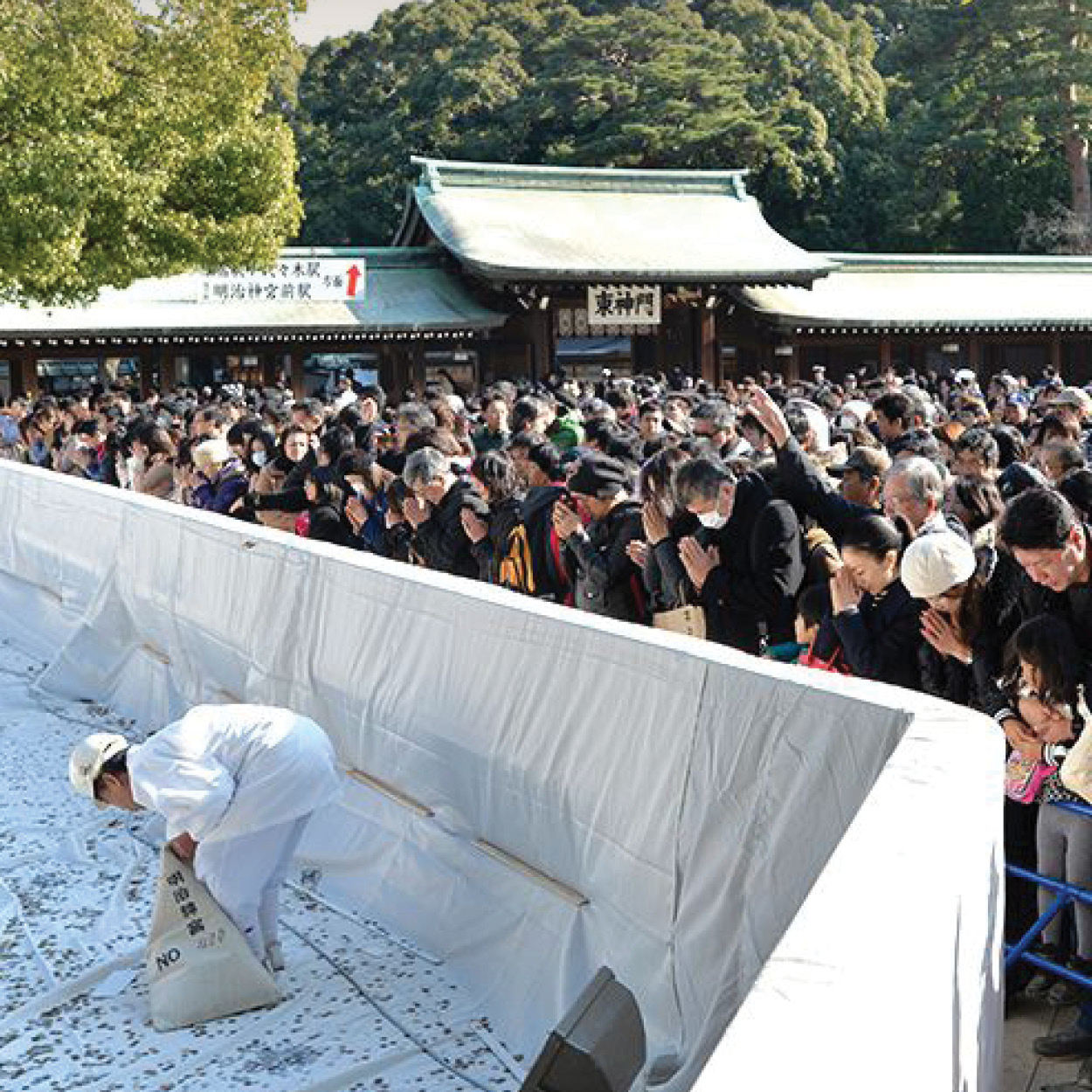
Shōgatsu
Japan
Celebrated January 1-3.
Shōgatsu, or New Year, is Japan’s most significant holiday as it combines traditions of gratitude for the past year and ensures health and prosperity in the months ahead. Many people travel to their hometowns, greeting family and friends and enjoying seasonal cuisine. A more traditional side is shown by dressing up in kimono, although this custom has begun to wane in recent years.
Sources: Nippon, Motto Japan, Britannica
Hwacheaon Sancheoneo Ice Festival
South Korea
Celebrated throughout January
This annual festival takes place in Hwacheon, located in South Korea’s Gangwon province. This virtually untouched region is known as the first area in Korea that freezes over in the winter, and the river is covered with a thick layer of ice. Visitors can try ice fishing with their bare hands, view an exhibition of ice sculptures that take over 20 weeks to prepare, and sample raw and grilled mountain trout. The winter festival runs for almost the entire month of January.
Source: Korean Culture and Information Service (KOCIS)
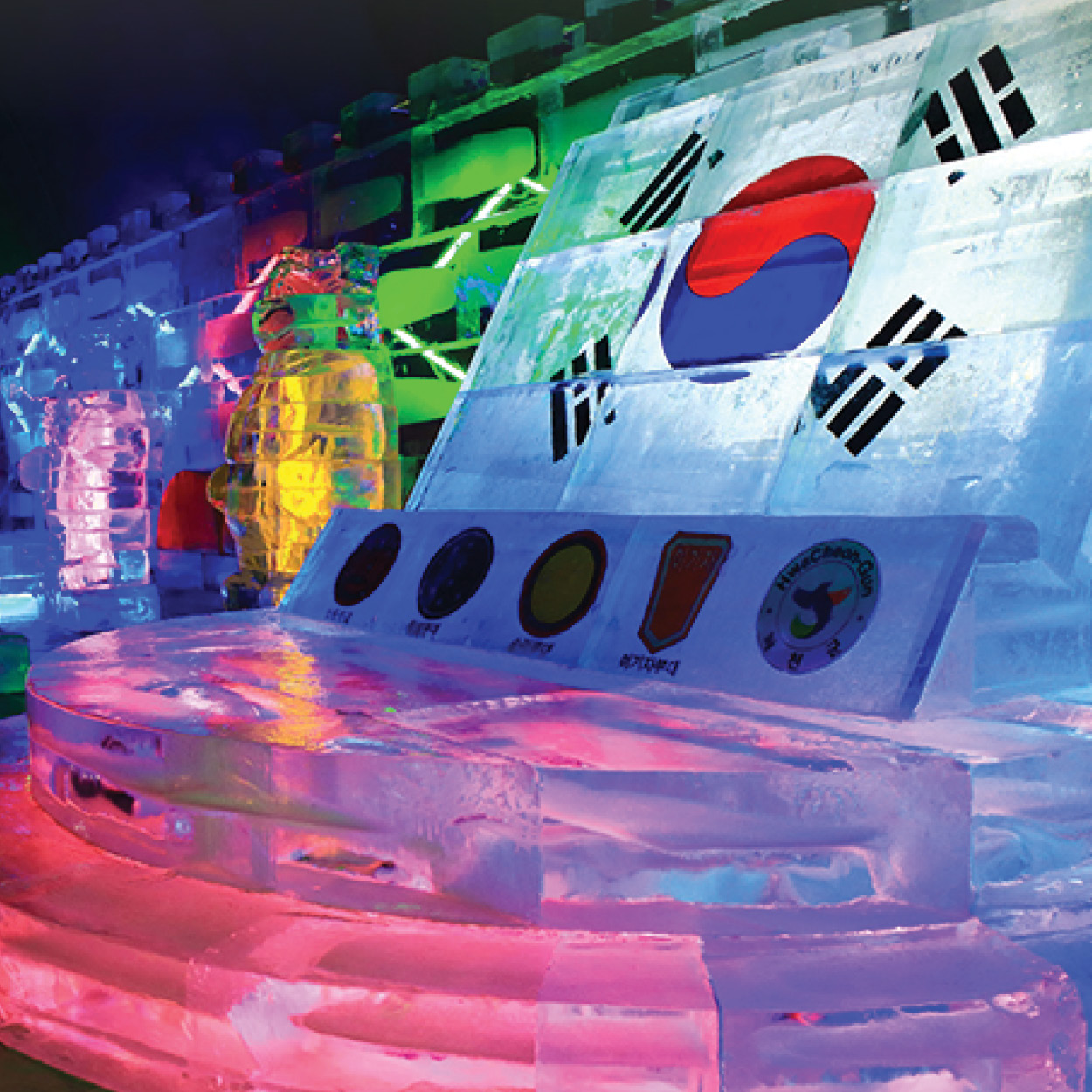

Ganna or Genna
Ethiopia
Celebrations begin on January 7.
Ganna or Genna is the day for the religious observance of Christmas in cultures utilizing the Julian calendar, like Ethiopia, Egypt, and Russia. Giving of gifts is not central to the Ethiopian Christmas tradition, rather the focus is on ritual and ceremony as this religious occasion symbolizes an end to a 43-day fast. It is observed with an evening ceremony and continues through to the early hours of Christmas day. Attendees wear all white and a traditional item of clothing called a Netela and participate in chanting and singing.
Sources: e-Visa Ethiopia, Office Holidays
Makar Sankranti
India
Celebrated on January 14
Makar Sankranti is a harvest festival in India celebrating the day where there is a significant movement in the zodiac – the arrangement of the earth’s dial around the sun.
Source: Isha

Part I: On Display December 1-15, 2022
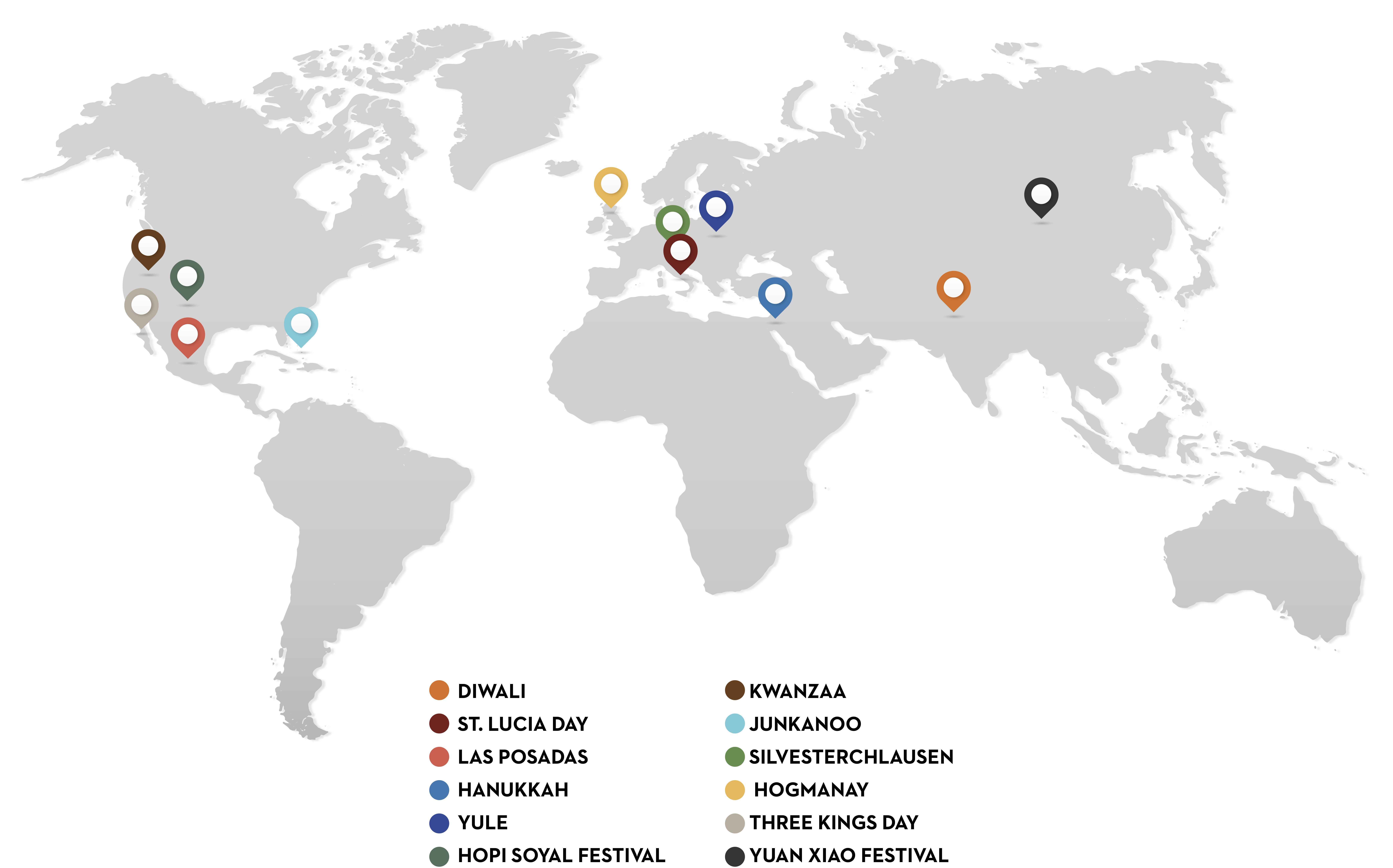
Celebrations are arranged according to festivity date(s).
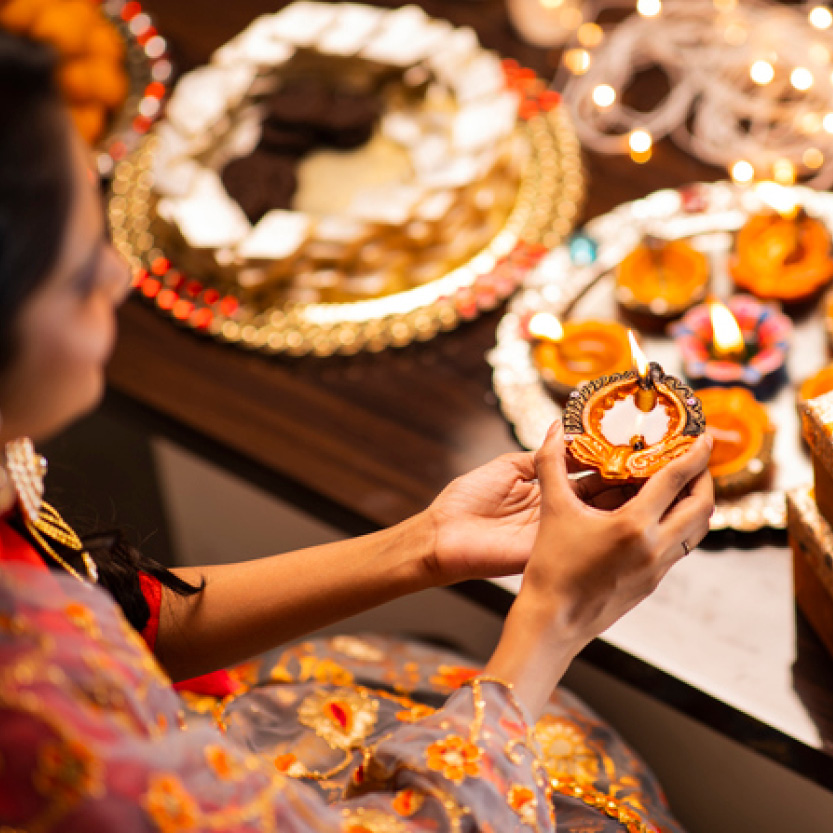
Diwali
India
Celebrations start on October 24
Diwali or Deepavali (Sanskrit), meaning “a series of lights,” is a religious holiday that spans three interrelated but distinct religions: Hinduism, Jainism, and Sikhism. This five-day festival of lights celebrates new beginnings and the triumph of good over evil, and light over darkness. Each religion marks different historical events with a variety of traditions and customs, including many lights and oil lamps that are lit on the streets and in houses. People visit their relatives and have feasts, fireworks, and festivities.
Sources: National Geographic Kids, The Times of India
St. Lucia Day
Italy
Most widely celebrated on December 13
St. Lucia Day is a festival of lights most widely celebrated in Scandinavia and Italy. St. Lucia is a Christian feast day that commemorates Lucia of Syracuse, an early-4th-century virgin martyr. According to legend, St. Lucy brought food and aid to Christians hiding in the Roman catacombs, wearing a candlelit wreath on her head to light her way and leave her hands free to carry as much food as possible. Today, throughout Europe, families observe St. Lucia Day. Many celebrate with a processional of children dressed in white, carrying candles.
Sources: Vogue Scandinavia, Lineages
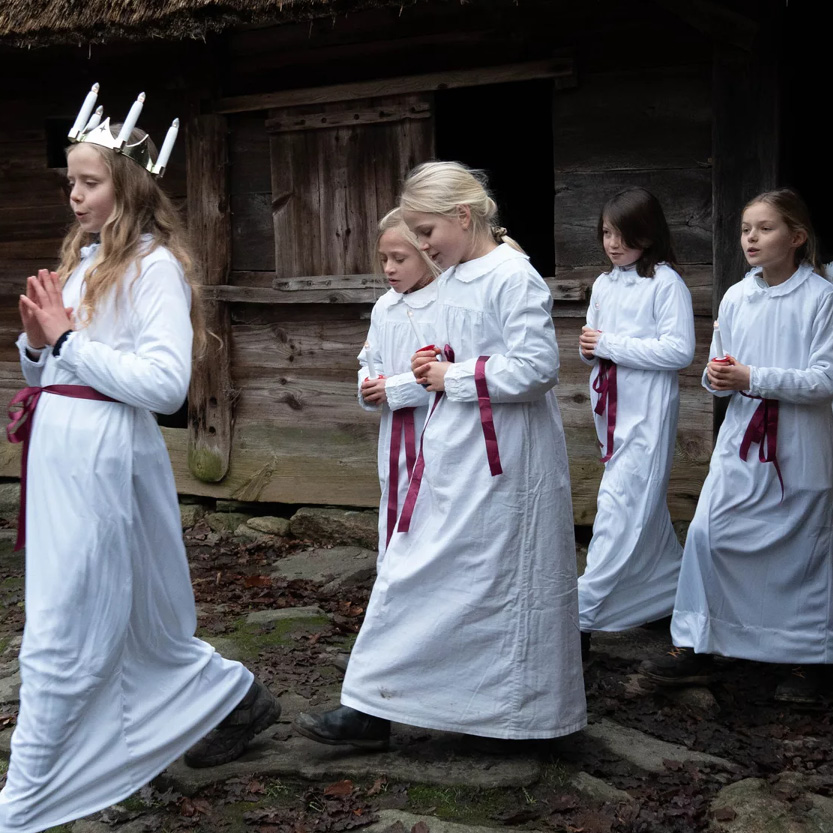

Las Posadas
Mexico
Celebrated from December 16-24
Las Posadas, translated to “The Inns”, is a religious festival celebrated in Mexico and some parts of the United States. Las Posadas commemorates the journey that Joseph and Mary made from Nazareth to Bethlehem in search of a safe refuge where Mary could give birth to the baby Jesus. When they were unable to find lodging in Bethlehem, Joseph and Mary were forced to seek shelter in a stable, where the Christ child was born.
Sources: Wonderopolis, The Archeologist
Hanukkah
Israel
Celebrated from December 18-26
Hanukkah is the eight-day Jewish festival of lights that commemorates the reclaiming and rededication of the Second Temple in Jerusalem. Against all odds, a small group reclaimed the Holy Temple and rededicated it to the services of God. When they sought to light the Temple’s Menorah, they found only a single batch of oil that miraculously lit the menorah for eight days. To commemorate these miracles, this wintertime “festival of lights” is celebrated with a nightly menorah lighting, special prayers, and fried foods.
Sources: Library Point, Middle East Eye
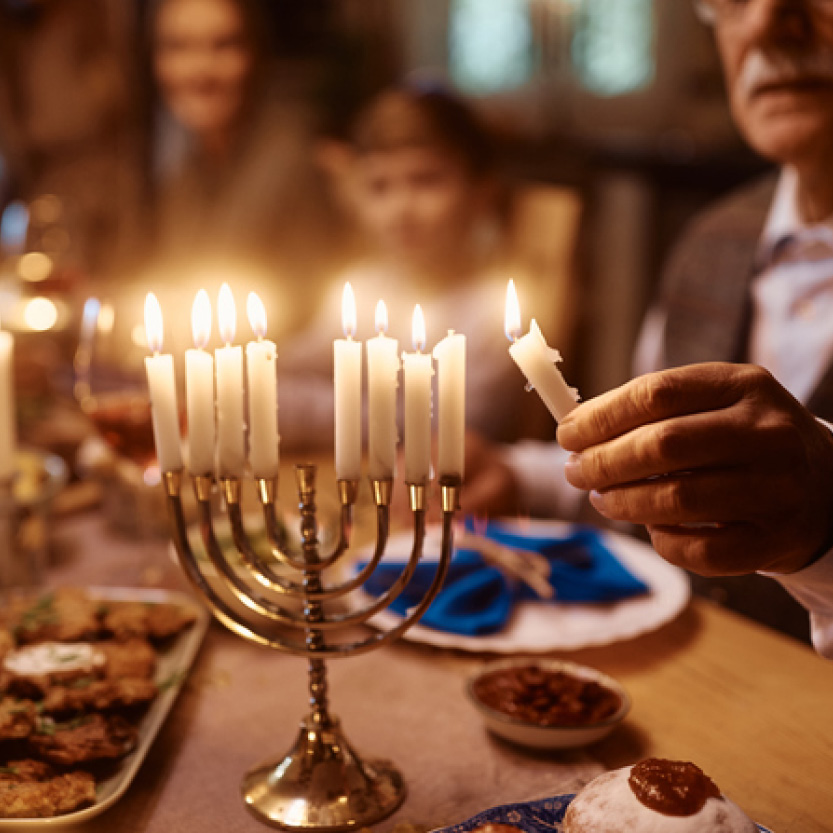
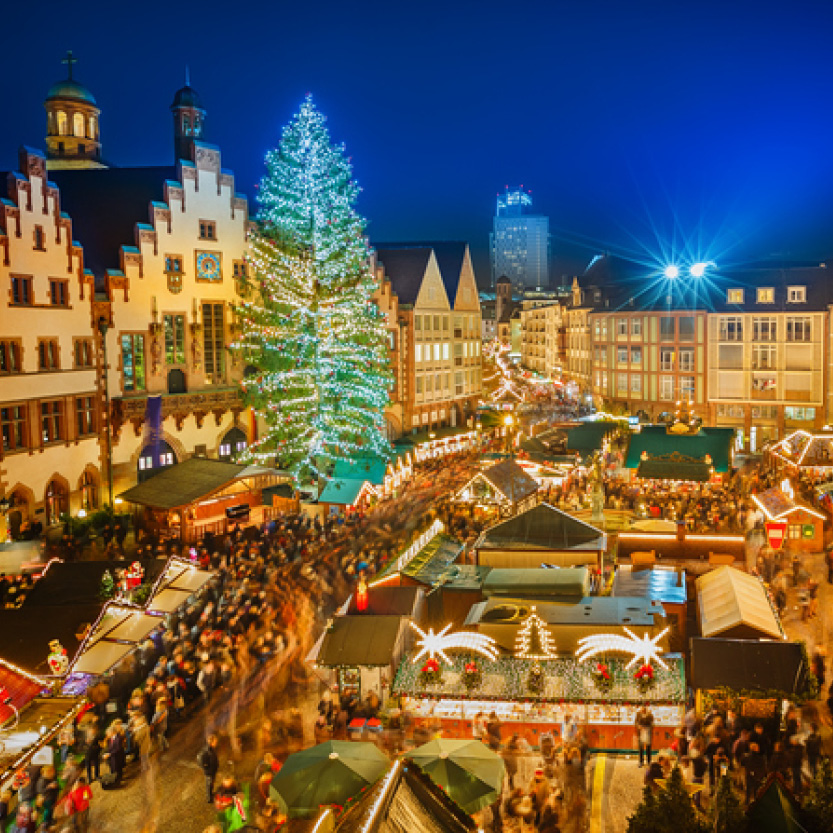
Yule or Yuletide Festival
Germany
Celebrated from December 21 - January 1
Yule, also called Yuletide, is a festival marked by Germanic people around the world. This pagan festival can be traced back to the Norse god Odin as well as the Anglo-Saxon festival of Modraniht. Yuletide technically falls within the Winter Solstice, making it one of the oldest and most popular winter celebrations in the world.
Sources: Happy Wink, Any Day Guide, Culture Trip
Hopi Soyal Festival
USA
Celebrated on December 22
One of the many Pueblo tribes in the Southwest, known as the Hopi/Hisatsinom celebrate the Soyal, which is help on the shortest day of the year. A festival is held where members of the Hopi tribe ceremonially bring the sun back from its slumber, marking the beginning of a new year.
Source: Soaring Eagles
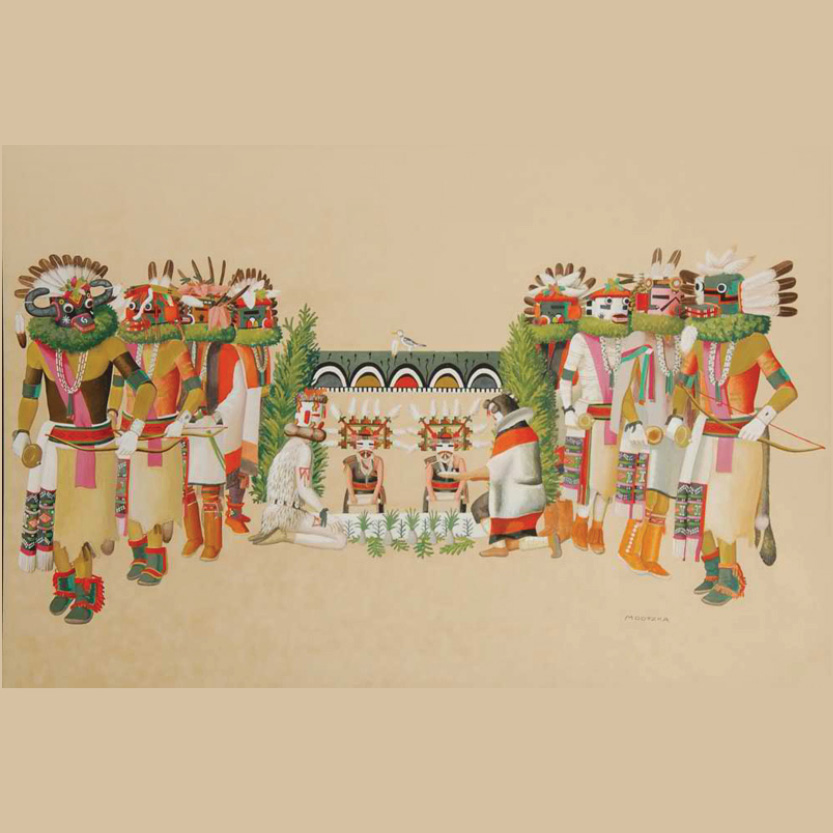
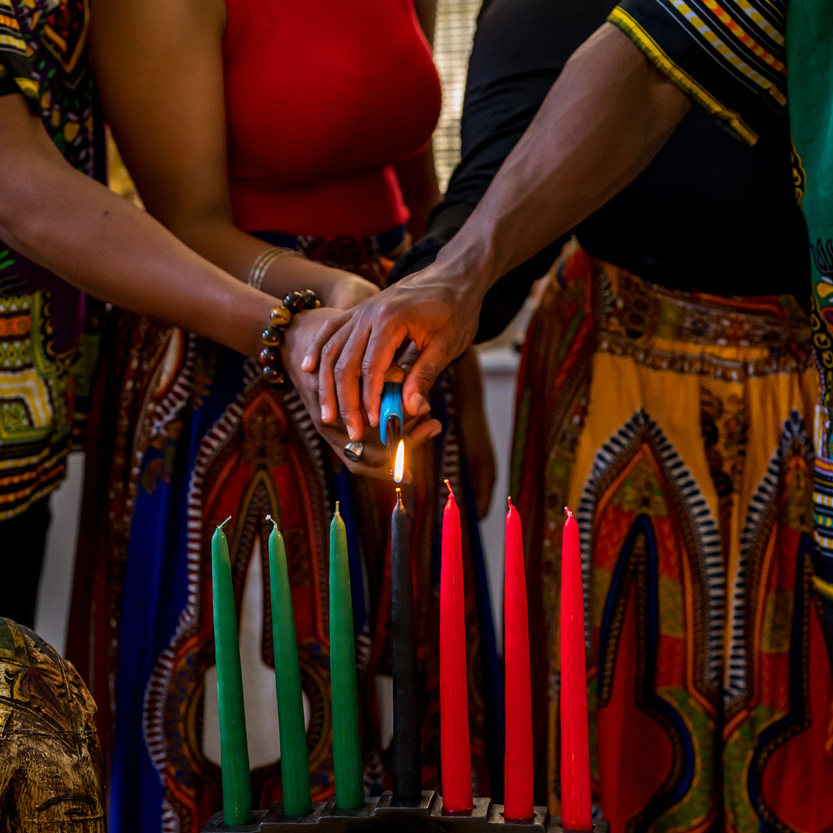
Kwanzaa
USA
Celebration begins on December 26
Kwanzaa is a seven-day African-American festival, introduced by Dr. Maulana Karenga in 1966, that celebrates community, family, and culture during the winter season. There are seven principles and seven primary symbols that emphasize a unique set of values and ideals during the seven days of Kwanzaa.
Source: Web Holidays
Junkanoo
Bahamas
Celebrated from December 26 - January 1
Junkanoo is a popular street carnival showcasing spectacular parades, dance troupes with elaborate costumes, and energetic music featuring cowbells, drums, and whistles. In preparation for Junkanoo, various groups make costumes, decorate floats, and choreograph routines groups all year long in hopes to be crowned “Best on the Island”.
Source: Wandering Wheatleys
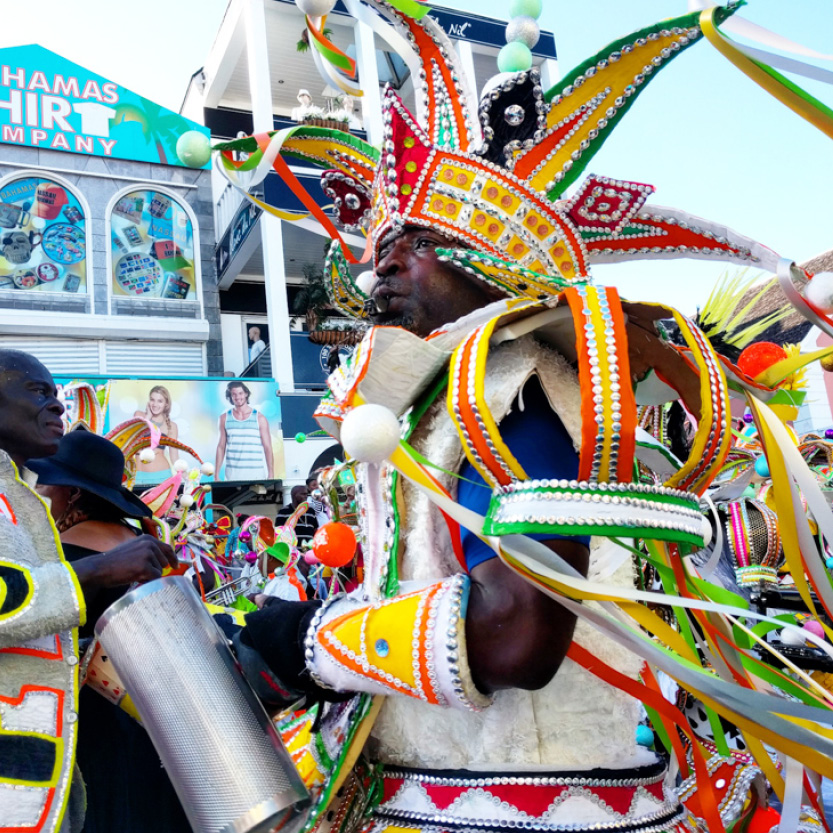

Silvesterchlausen
Switzerland
Celebrated on December 31
Silversterchlausen is an ancient celebration of New Year’s Eve in Appenzell, Switzerland. This specific holiday follows the Gregorian and Julian calendar so it is observed twice a year. Celebratory festivities begin in the early morning with meditation in the town square. Participants then dress in elaborate costumes and walk from house to house singing a special, slow yodel called Zäuerli. They wish people a happy and prosperous New Year, shake hands, and ring bells.
Sources: New Glarus Chamber of Commerce, Web Holidays
Hogmanay
Scotland
Celebrated from December 31 – January 2
In Scotland, Hogmanay, also known as Cake Day, is a traditional holiday where children will receive the gift of oatmeal cake. It’s believed that Hogmanay originated after the invasion of Vikings. During this celebration, massive parties break out across Scotland, featuring fireworks, torchlight processions, and music provided by drummers and bagpipers. This nationwide, multi-day celebration evolved from pagan celebrations of the winter solstice. As a result, it incorporates elements from Samhain, an ancient Gaelic holiday similar to Halloween. The largest festival takes place in Edinburgh, featuring a vast torchlight procession.
Sources: Visit Scotland, Edinburgh Festival City
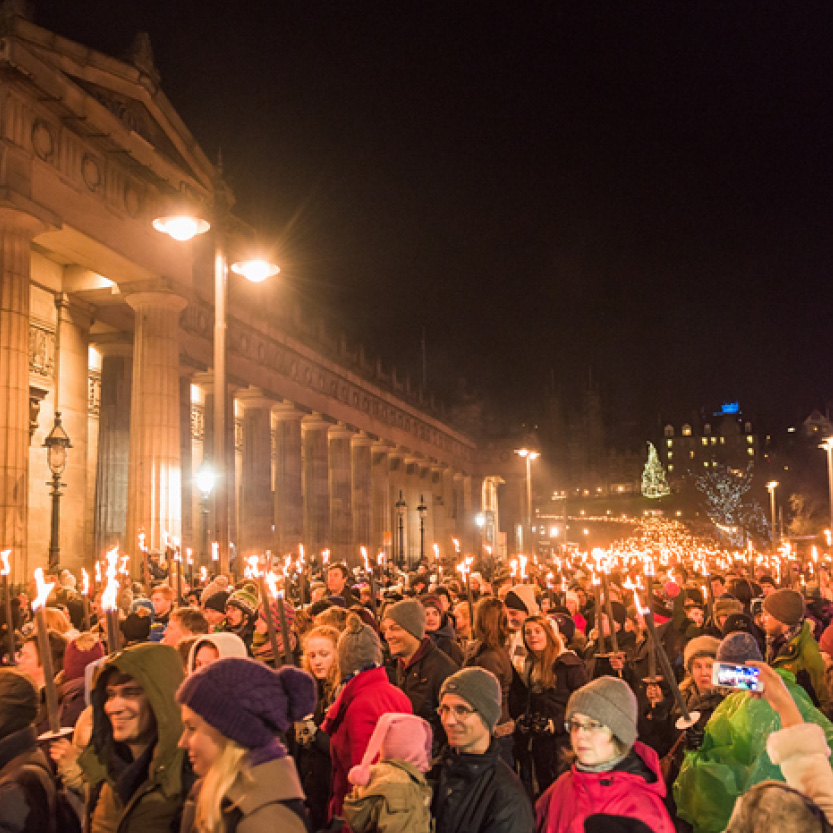
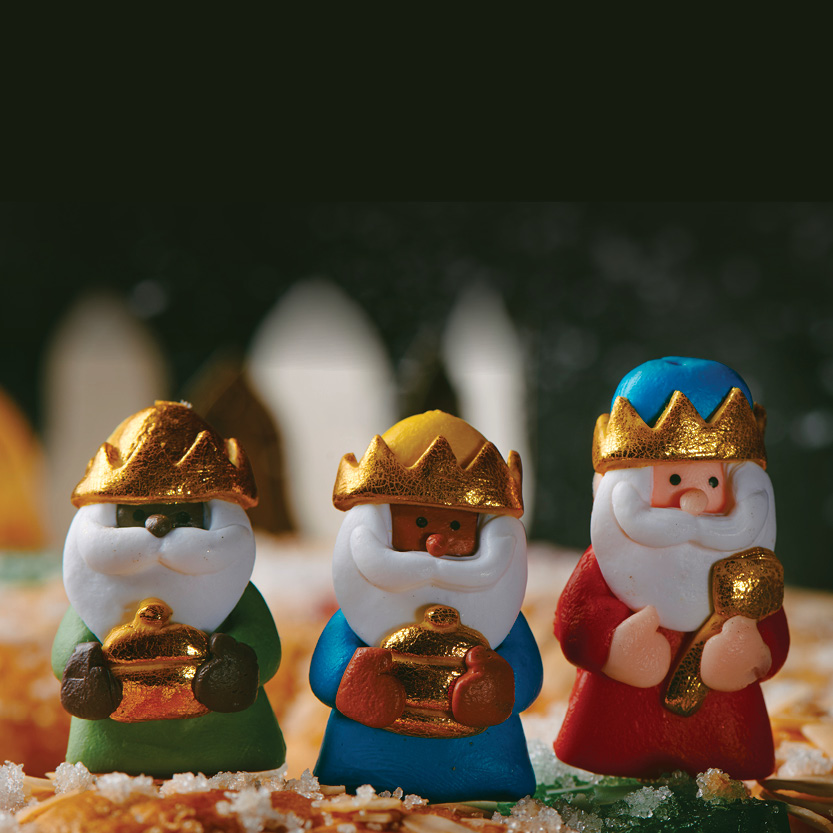
Three Kings Day
Mexico
Celebrated on January 6
Three Kings Day is a celebration of the biblical tale in which the Three Kings traveled to Bethlehem to bring the baby Jesus gifts of gold, frankincense, and myrrh. In Mexico, it is tradition that children leave their shoes by the door of their house so the three kings can visit and leave them presents. Many bakeries make “Rosca De Reyes”, which is a sweet bread meant to represent a king’s crown. The bread usually has several baby figures inside. Anyone who gets a piece of rosca with the baby figurine is expected to host a party on Día de la Calendaria (Candlemas Day, a day the Virgin Mary, mother of God, is commemorated) celebrated on February 2.
Sources: Villa La Estancia Riviera Nayarit, Imagine Mexico
Yuan Xiao Festival
China
Celebrations start February 5
Lantern Festival, also called Yuan Xiao Festival, is a holiday celebrated in China and other Asian countries that honors deceased ancestors on the 15th day of the first month (Yuan) of the lunar calendar.
Sources: China Highlights, Britannica
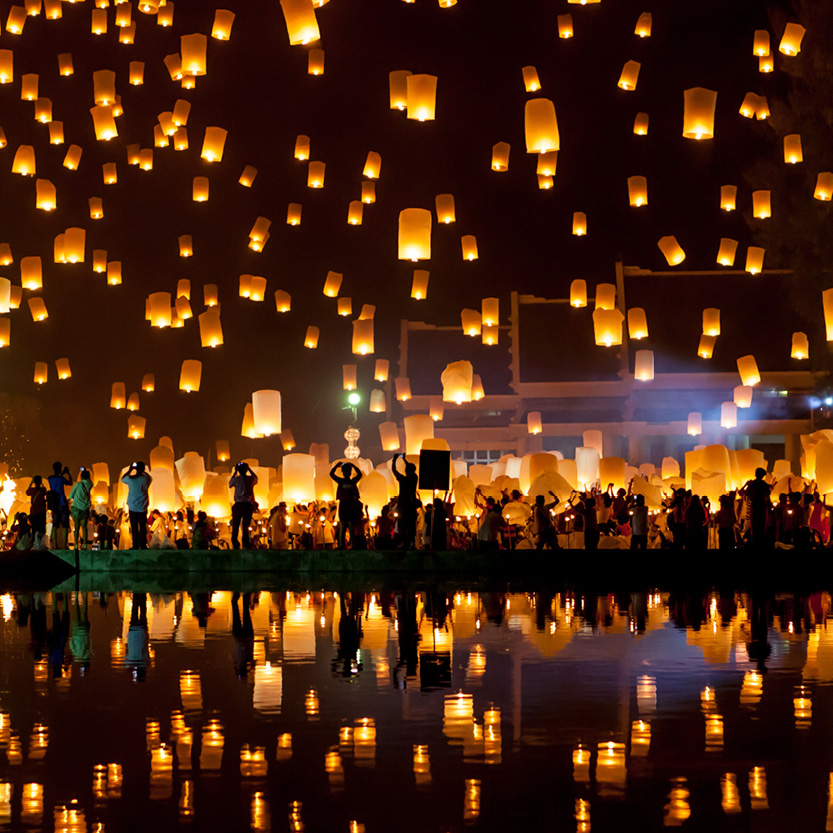
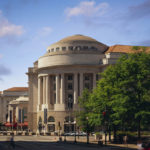

THE RONALD REAGAN BUILDING AND INTERNATIONAL TRADE CENTER:
Where nations connect
RRBITC is a preeminent forum in the heart of the nation’s capital advancing international commerce and cross-cultural dialogue. As a seamless, unifying framework, it provides a platform for building connections, fostering diplomacy, growing businesses, and creating a more prosperous U.S. and global economy.

